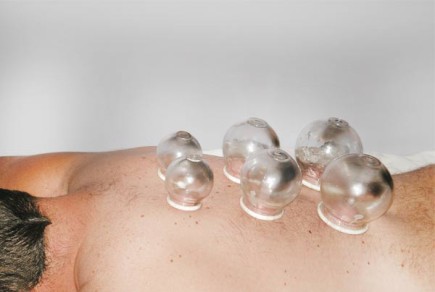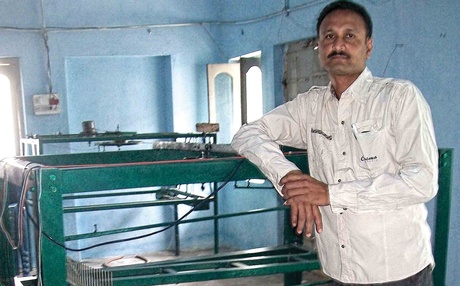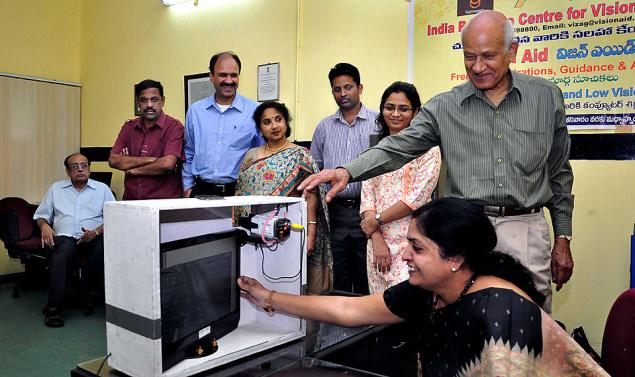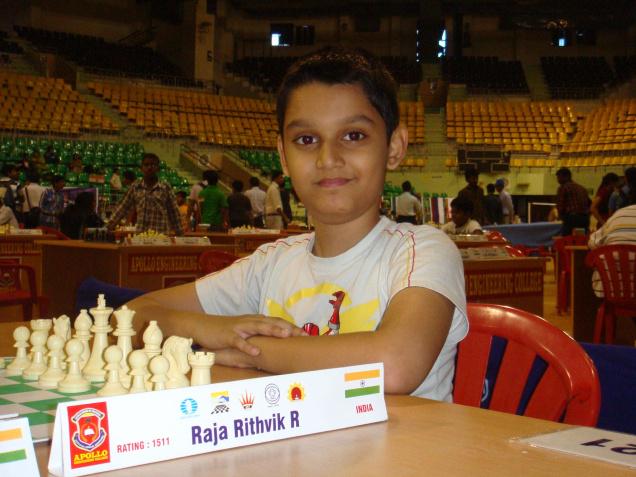GEF, which has approximately $1 billion in aggregate capital under management, has invested over $100 million across eight deals in India.
South Asia Clean Energy Fund (SACEF), an SME fund managed by clean technology investor Global Environment Fund (GEF), is investing Rs 45 crore or $8.4 million in Integrated Cleanroom Technologies Ltd (IClean). The Hyderabad-based firm, founded by first-generation entrepreneurs back in 2002, will use the funding to expand its manufacturing facilities and reach the target revenues of Rs 500 crore by FY17.
SACEF is acquiring a minority stake in IClean, which manufactures prefabricated modular cleanroom and cleanroom equipment (cleanroom technology refers to providing contamination-free and temperature-controlled room facilities in different industrial environments). In addition, the company is aggressively expanding into cleanroom projects execution on a turnkey basis. IClean’s promoters are led by managing director K Gopi besides U Srinivasa Murthy, TV Prasad and D Narendra.
IClean was started after its founders saw an opportunity in the cleanroom equipment segment, where all products used to be imported and companies incurred high costs. The firm set up a domestic manufacturing facility and indigenised the products. It earned revenues of Rs 5 crore in its first year of operation which went up to Rs 125 crore in FY12. IClean also bagged two mega projects during the third quarter, each worth Rs 30 crore.
While manufacturing accounts for 75 per cent of its current revenues, the rest comes from execution of turnkey projects. Going forward, IClean sees this mix heading towards 50:50.
IClean clients are primarily pharmaceutical and biotechnology laboratories, but the company has started servicing clients in healthcare services, food & beverage processing and electronics space.
Its overseas revenue currently accounts for 20 per cent of the total revenue although the company has recently bagged a contract worth Rs 35 crore in the US. Some of its key clients include Dr. Reddy’s, Cipla, GlaxoSmithKline, Glenmark, Pfizer and Biocon.
With the capital infusion from GEF, IClean plans to expand its two existing plants in Hyderabad with additional machinery and finance a new facility in Vadodara, Gujarat. The company has also expanded its manufacturing space from 1.5 lakh sq. ft. to 4.5 lakh sq. ft. and sees no major capex ahead. Its product range includes cleanrooms, cleanroom accessories, heating, ventilation & air conditioning (HVAC), air handling unit and lab furniture.
K Gopi, managing director of IClean, said in a statement that the firm is also entering other engineering products, as well as greenfield projects, which have significant market potential and market size of Rs 5,000 crore.
“Cleanroom solutions, while providing for contamination-free environments, also result in energy efficiency gains through better design and insulation. IClean is one of the leading solution providers in the country with a very strong team and execution record,” said Raj Pai, managing director at GEF Advisors India Pvt Ltd.
GEF, which has approximately $1 billion in aggregate capital under management, has invested over $100 million across eight deals in India. Its current portfolio include energy efficiency firm Kalki Communication Technologies, clean energy firm Greenko Group Plc and Saisudhir Infrastructures, an EPC player focused on sectors like water supply and solid waste management.
(Edited by Sanghamitra Mandal)
source: http://www.elp.com / Electric Light & Power / Distributed by Contify.com / by Mosaic Media Ventures / Wire News by Lexix Nexis





